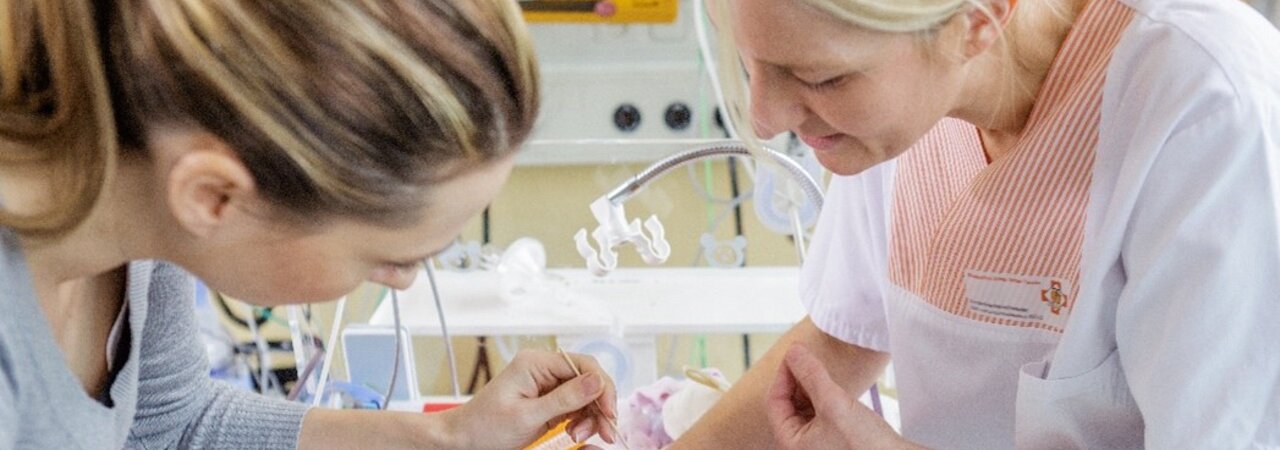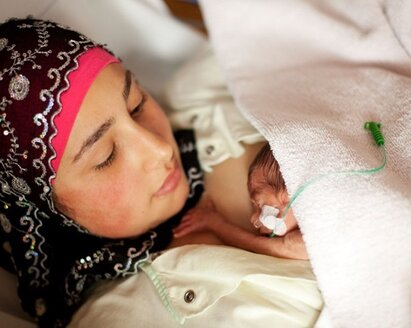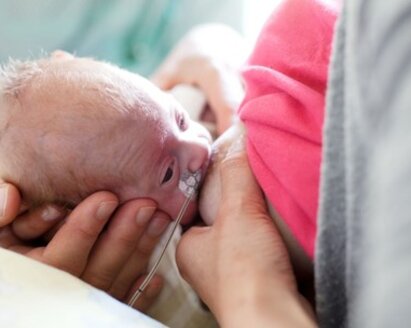1 Snyder R et al. Early provision of oropharyngeal colostrum leads to sustained breast milk feedings in preterm infants. Pediatr Neonatol. 2017; 58(6):534–540.
2 Rodriguez NA et al. A pilot study to determine the safety and feasibility of oropharyngeal administration of own mother's colostrum to extremely low-birth-weight infants. Adv Neonatal Care. 2010; 10(4):206–212.
3 Rodriguez NA, Caplan MS. Oropharyngeal administration of mother's milk to prevent necrotizing enterocolitis in extremely low-birth-weight infants: theoretical perspectives. J Perinat Neonatal Nurs. 2015; 29(1):81–90.
4 Lee J et al. Oropharyngeal colostrum administration in extremely premature infants: an RCT. Pediatrics. 2015; 135(2):e357-66.
5 Gephart SM, Weller M. Colostrum as oral immune therapy to promote neonatal health. Adv Neonatal Care. 2014; 14(1):44–51.
6 Digal KC et al. Oral care with mother's own milk in sick and preterm neonates: A quality improvement initiative. Indian J Pediatr. 2020.
7 Martín-Álvarez E et al. Oropharyngeal Colostrum Positively Modulates the Inflammatory Response in Preterm Neonates. Nutrients. 2020; 12(2).
8 Nasuf AWA et al. Oropharyngeal colostrum in preventing mortality and morbidity in preterm infants. Cochrane Database Syst Rev. 2018; 9:CD011921.
9 Tao J et al. Effects of oropharyngeal administration of colostrum on the incidence of necrotizing enterocolitis, late-onset sepsis, and death in preterm infants: a meta-analysis of RCTs. Eur J Clin Nutr. 2020 [cited 22-Aug-20]; 74(8):1122–1131.
10 Seigel JK et al. Early administration of oropharyngeal colostrum to extremely low birth weight infants. Breastfeed Med. 2013; 8(6):491–495.



















